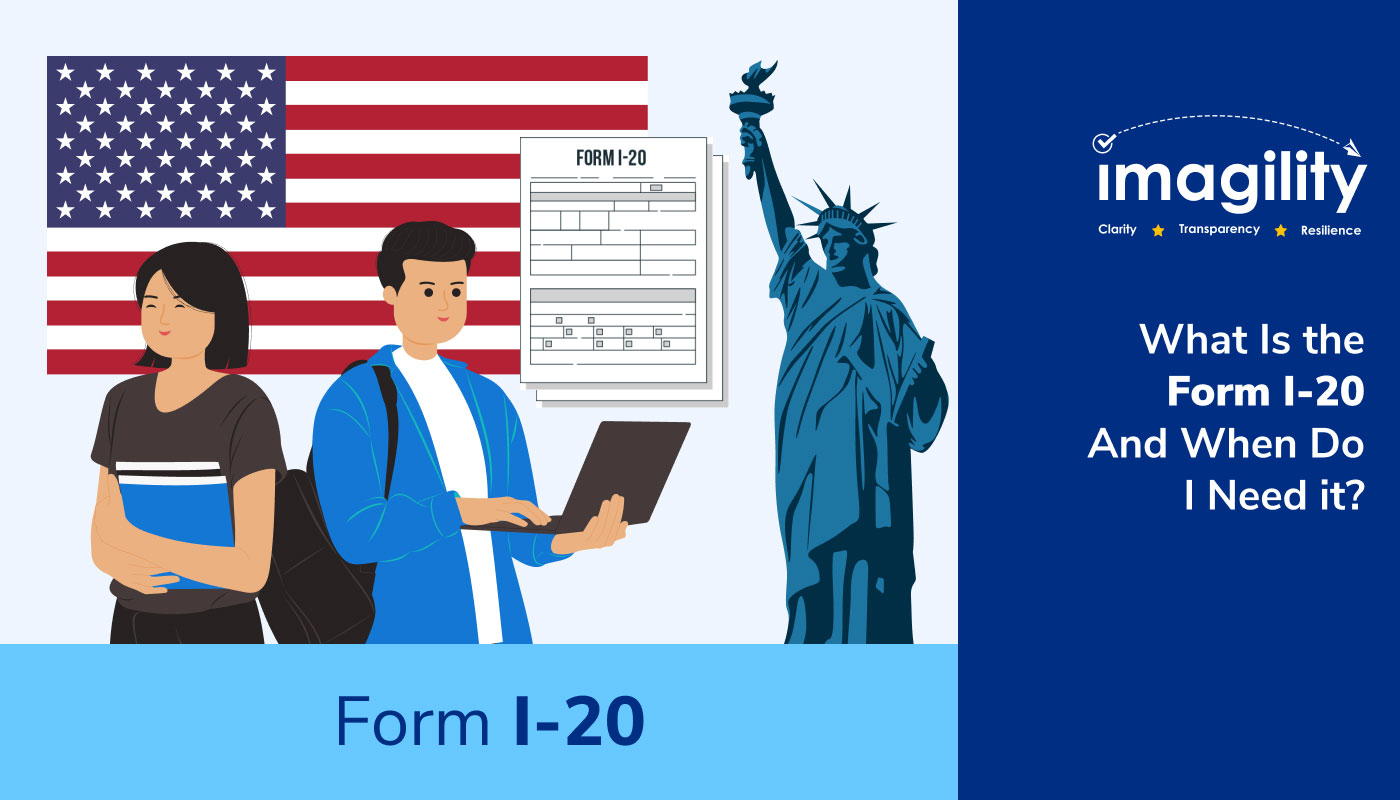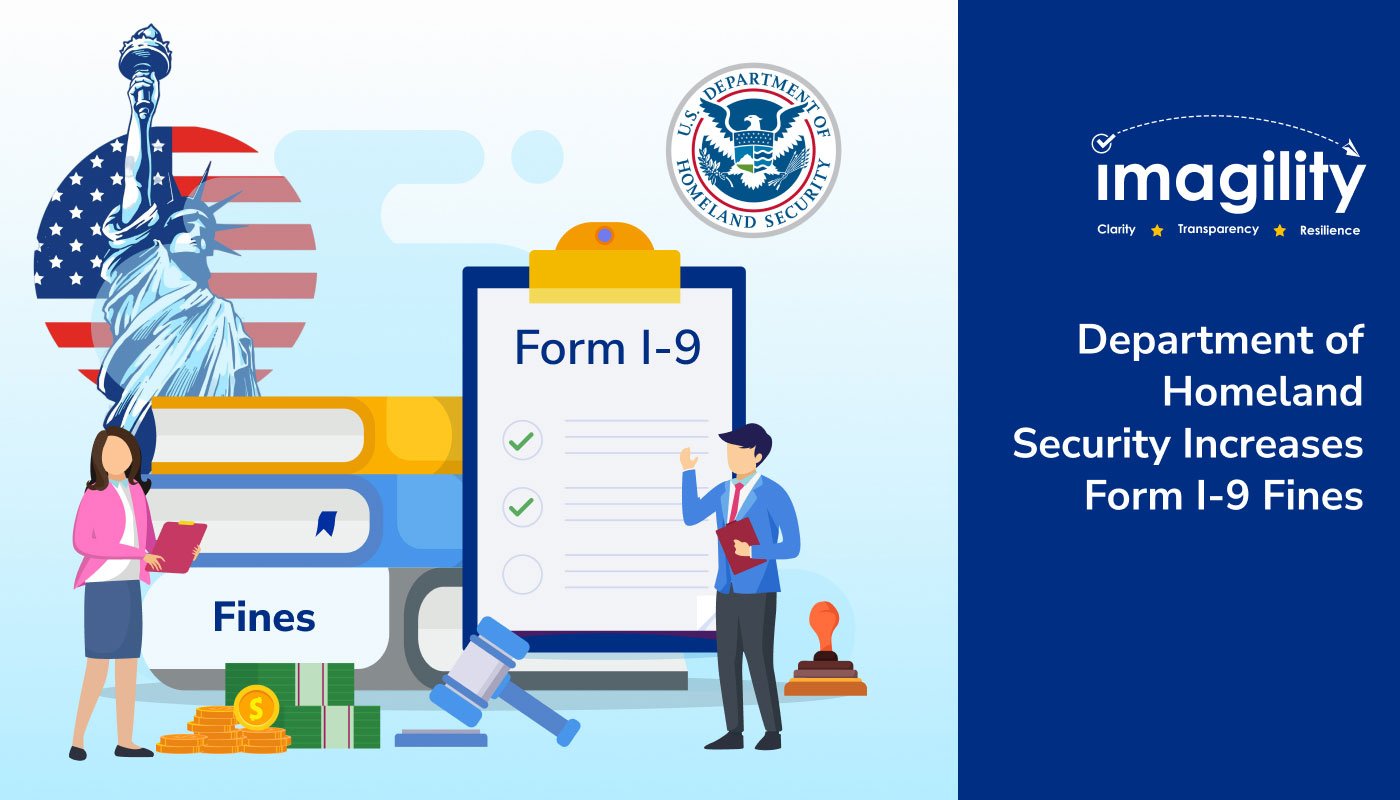The United States has long been a beacon of hope for those seeking safety and refuge, but the implementation of Title 42 has shattered the expectations of many asylum seekers. It all started when the coronavirus hit the world, and then president Trump imposed several restrictions on people entering the US landscape, invoking Title 42 as one of them.
After Title 42 was invoked, people gathering at the US borders had no legal right to apply for asylum since Title 42 does not allow them to do so. President Trump did not want migrants to enter the nations as it may have worsened the situation during the covid pandemic.
Even after the Trump rule, the law is still being used to keep migrants away from US borders on the grounds of public health. The Biden administration continues the law to keep migrants away from US borders, which has consequently affected the lives of many asylum seekers.
Read on to learn more about Title 42 and how it will impact the asylum visa.
What is Title 42?
Title 42 is a US law created to safeguard US citizens’ health, civil rights, and social welfare. It gives authority to the Director of the Centers for Disease Control and Prevention (CDC) to suspend entry of individuals into the US to protect public health. This way, the law entitles the authority to take emergency action to keep contagious diseases out of the nation by not allowing migrants to enter the US landscape.
History: How it all began?
It was first used in 1929 to keep China and Philippines ships away from US ports during a meningitis outbreak. Then, the Trump administration invoked again in march 2020 to keep the coronavirus at bay. Seeing the severity of the covid-19, Trump used it to expel migrants, including asylum seekers.
The Biden administration continues to expel migrants from the country under the law. It has resulted in approximately 2 million migrant expulsions since President Trump invoked title 42. However, unaccompanied minors at the borders are excluded from Title 42 in the Biden regime.
How has ‘Title 42’ affected asylum seekers?
Individuals are legally entitled to apply for asylum under U.S. immigration law if they present themselves at a port of entry or are detained between ports of passage. Before the enactment of Title 42 in 2020, there were over 307,000 total asylum filings, out of which more than 46,000 people were granted asylum.
Most of these filings are defensive asylum applications for people who have been placed in removal proceedings before an immigration judge, while a smaller share are affirmative asylum applications for those not facing deportation.
Since Title 42 was invoked in march 2020 by President Trump, asylum seekers cannot be granted asylum due to the law. The policy leaves many asylum seekers with nowhere to go as they cannot find safety in the US or their home countries. This has devastated asylum seekers, who are now denied the opportunity to come to the United States and seek protection from persecution.
How would lifting ‘Title 42’ impact Asylum visas?
Biden administration predicts that if Title 42 is repealed, thousands of migrants waiting at the borders will surge. An increase in surge may worsen the situation at borders and pose health risks. These issues were a concern before and during the implementation of Title 42, so it is likely that these problems will continue after its repeal.
In case the situation remains normal, asylum officers will interview asylum seekers asking questions to determine whether they will really be persecuted in their home countries if not granted asylum in the US. Moreover, if they are found to face a significant threat, they can stay as long as they want in the US and work.
What are ways to claim Asylum?
There are two significant ways to claim asylum in the US; the Affirmative Asylum process and the Defensive Asylum Process. One can apply for affirmative asylum when he is not in removal proceedings. This is basically the first time a person applies for asylum in the US within one year of arrival.
However, when he is not granted asylum for any reason or fails to claim asylum, he comes under removal proceedings. Now the person in the removal proceeding can apply for defensive asylum by filing the application with an immigration judge at the Executive Office for Immigration Review (EOIR).
To apply either affirmatively or defensively, one has to fill I-589 form. There is no fee associated with applying for asylum. The person can include a spouse or children (below 21 and unmarried) present in the US at the time of filing the application or at any point in time until the final decision is made.
Once the person is granted asylum and completes one year in the US, he is eligible for applying for a Green Card (permanent residence). This way, he can enjoy living and working in the USA throughout his lifetime.
Stay informed on Title 42 and its impact on asylum visas.
Install our Asylum App today!
How can Imagility help?
With innovative immigration software like Imagility, you can file for an asylum visa smoothly. The Imagility platform has automated workflows and easy profile creation, with an intuitive interface to build well-positioned petitions backed by sound legal inputs from attorneys on the Platform.
Imagility’s Asylum App supplements the Imagility web application, where the individual seeking asylum is registered and has entered all profile details. This app helps beneficiaries understand the Asylum visa process, track tasks, and make Attorney connections on the go.
Download the app on Google Play store & Apple App store today!
Reach out to us for a demo today sales@imagility.co
Call us at +1 603 782 4622/+1 617 865 6588.
For more info, visit us at www.imagility.co




















